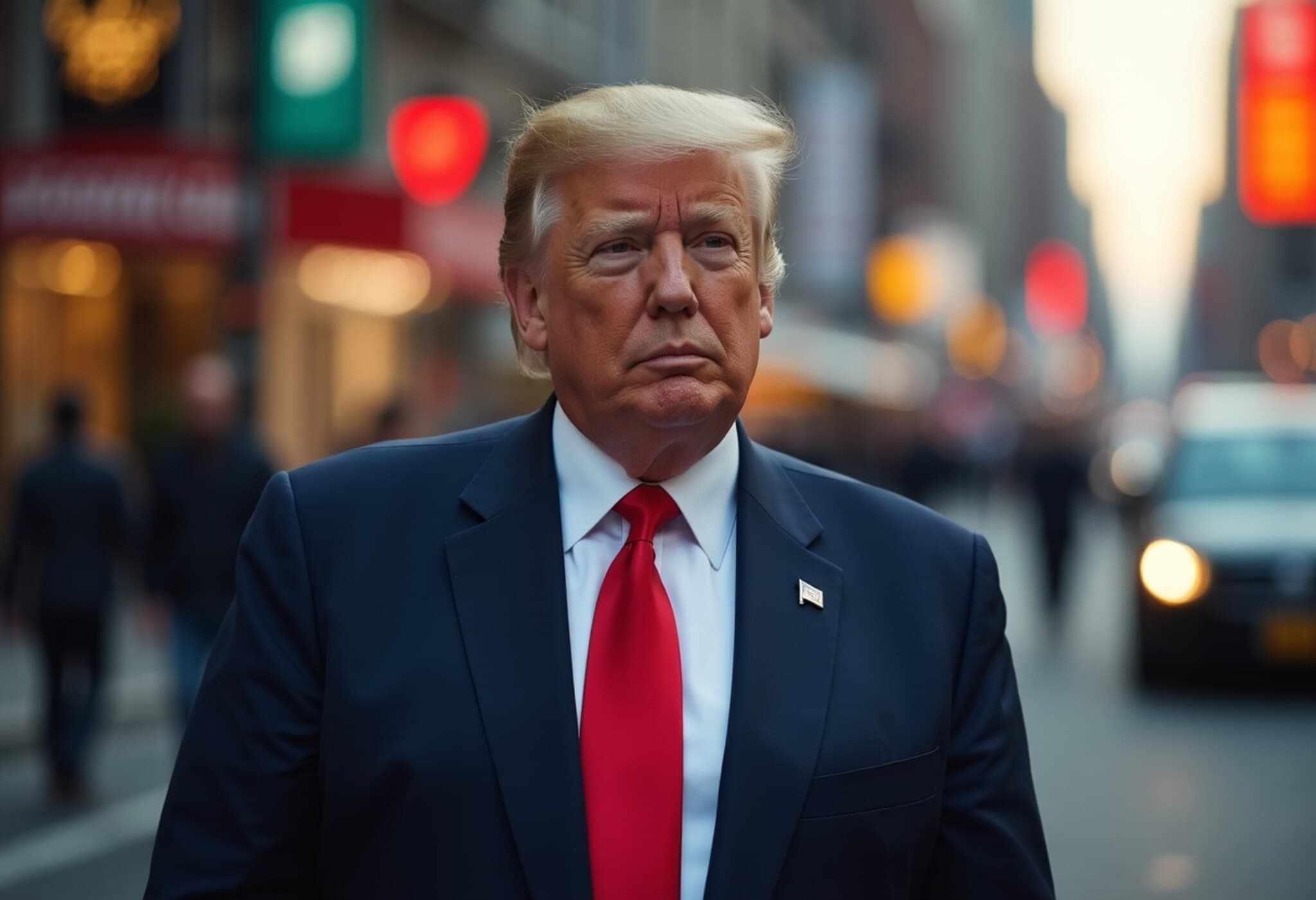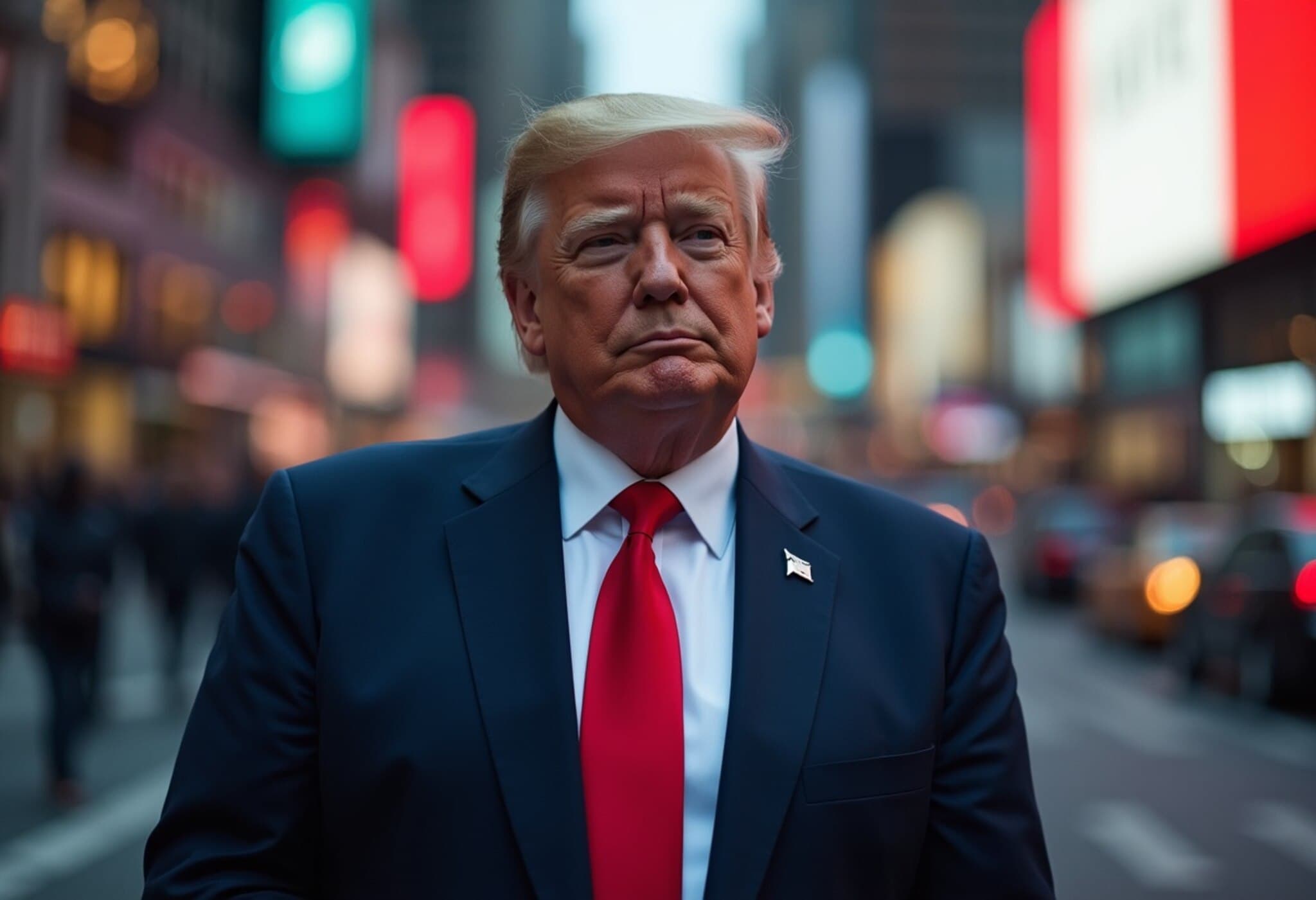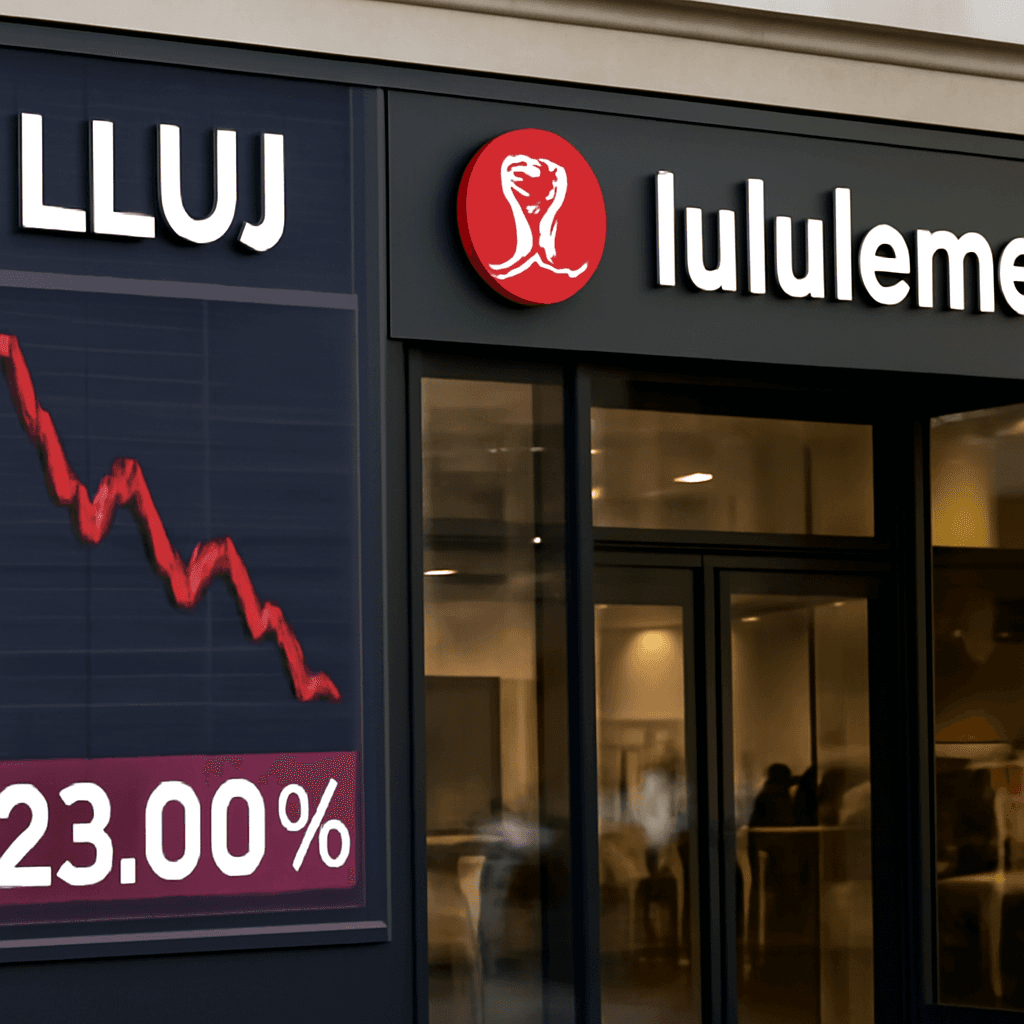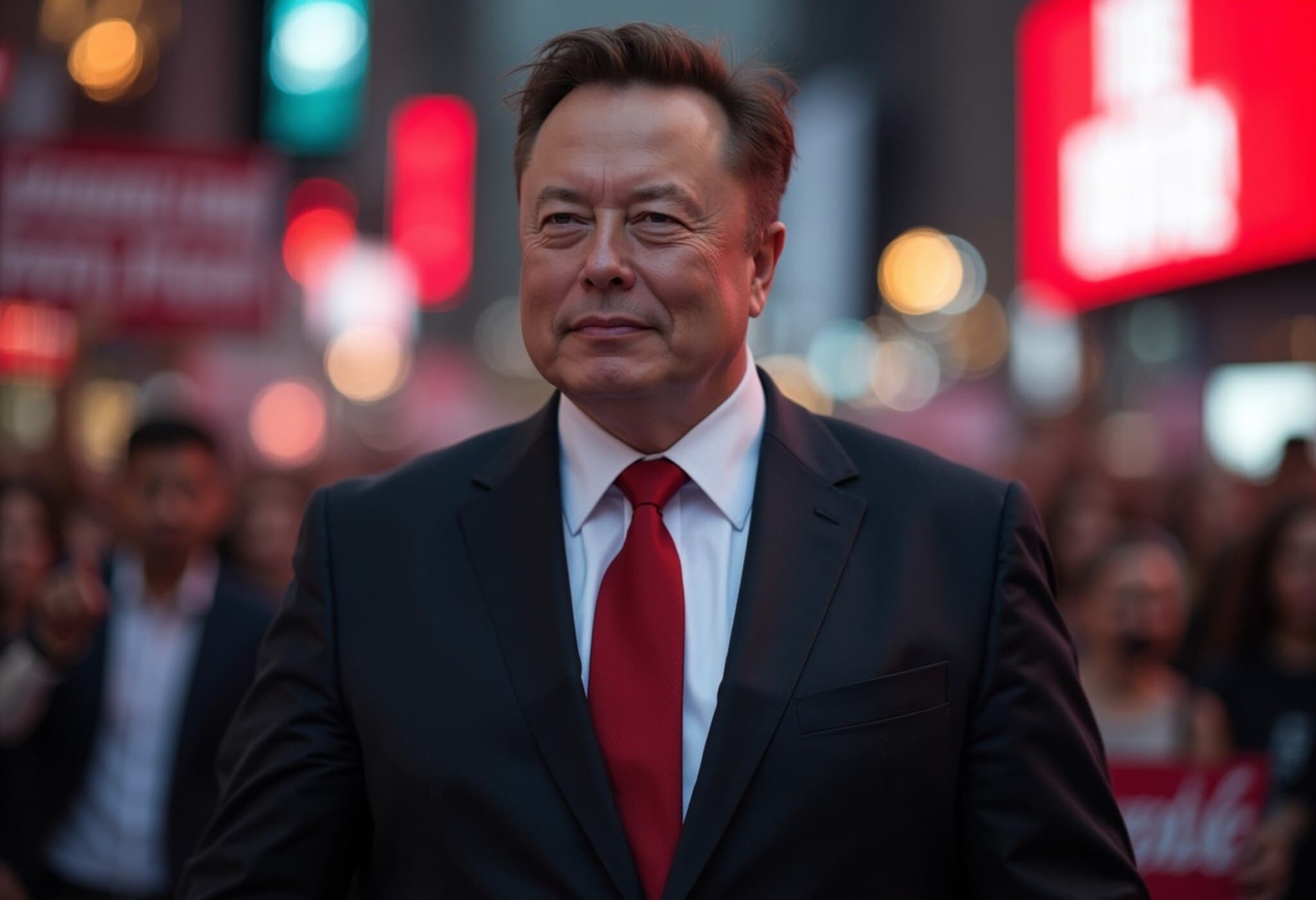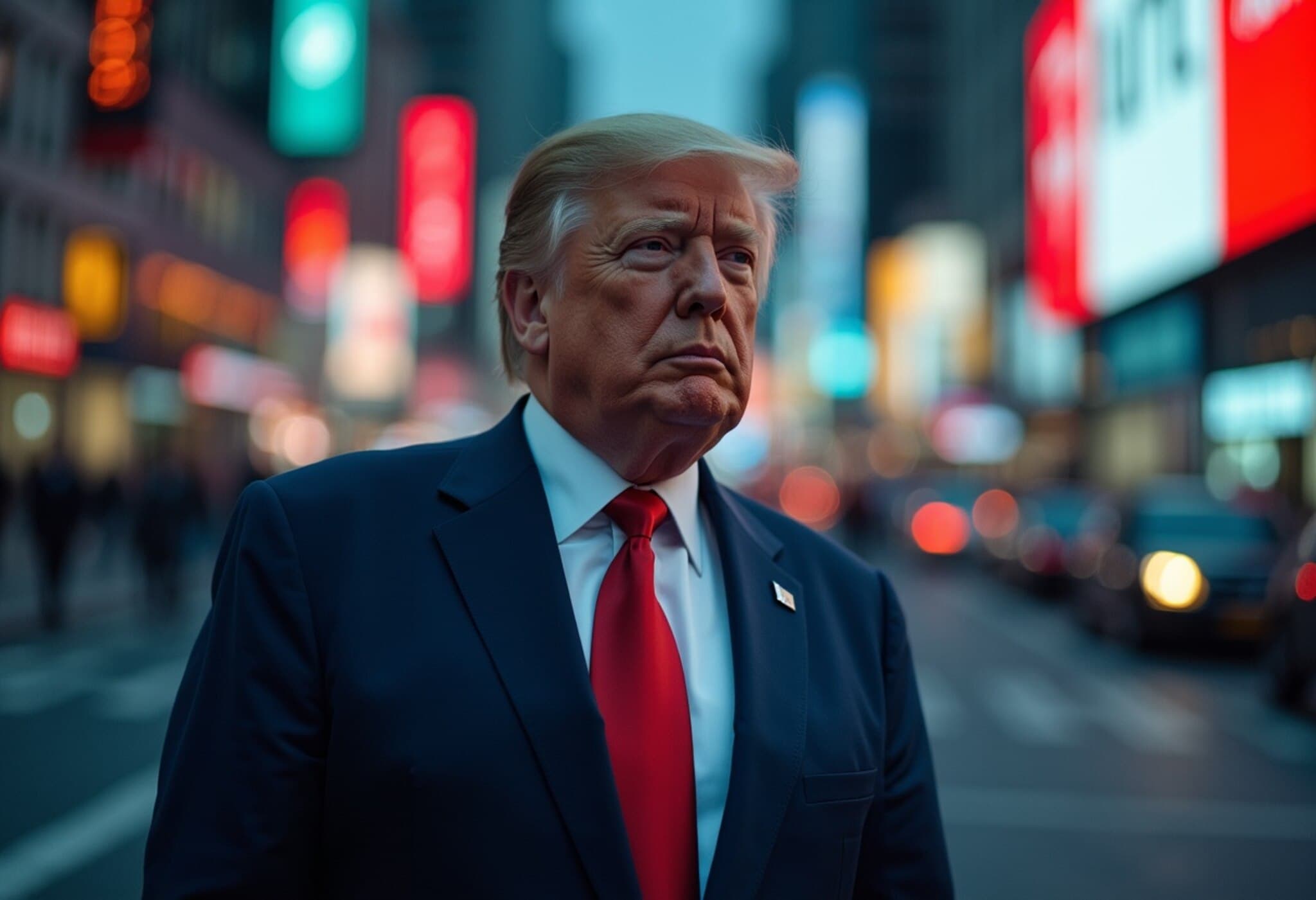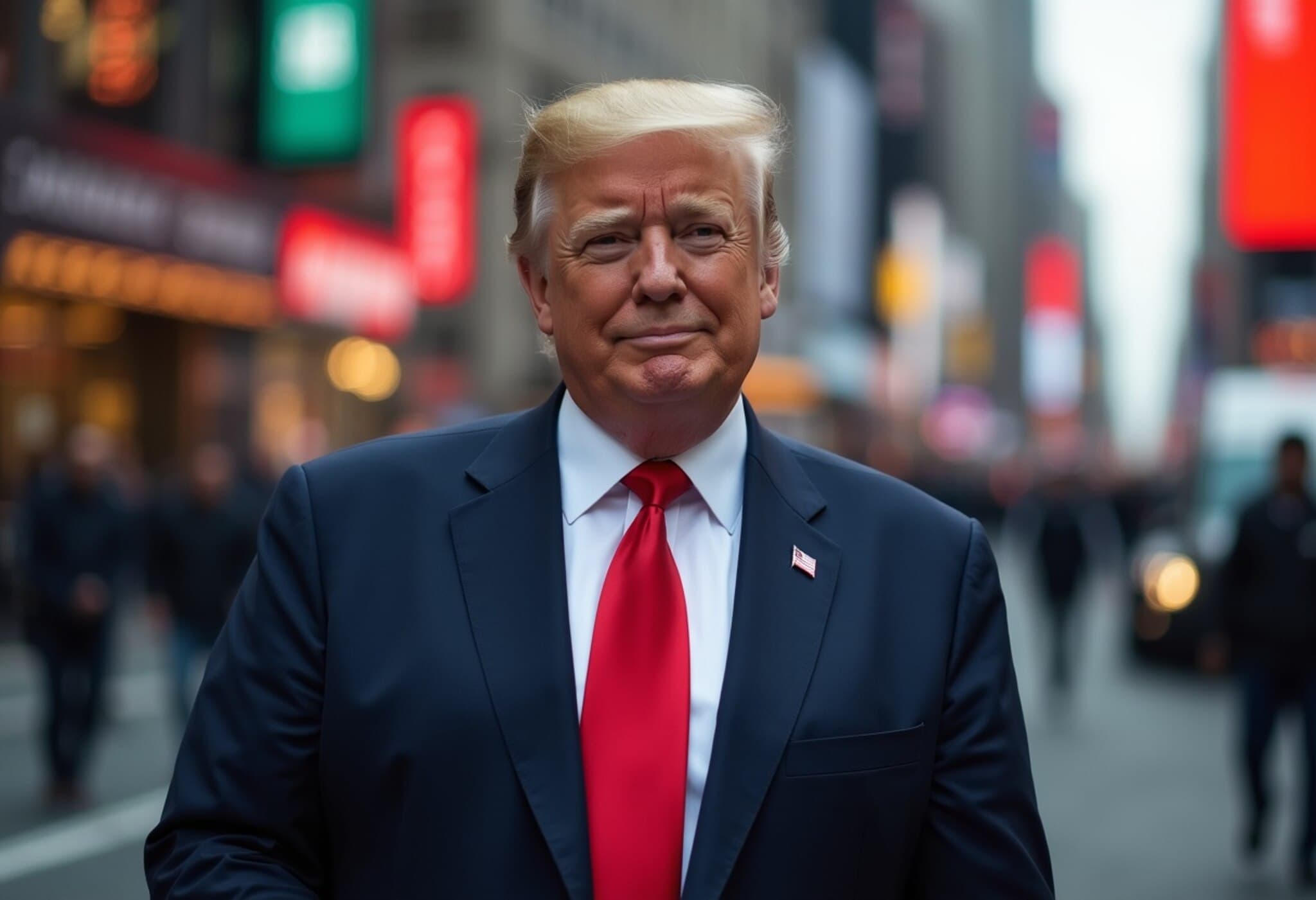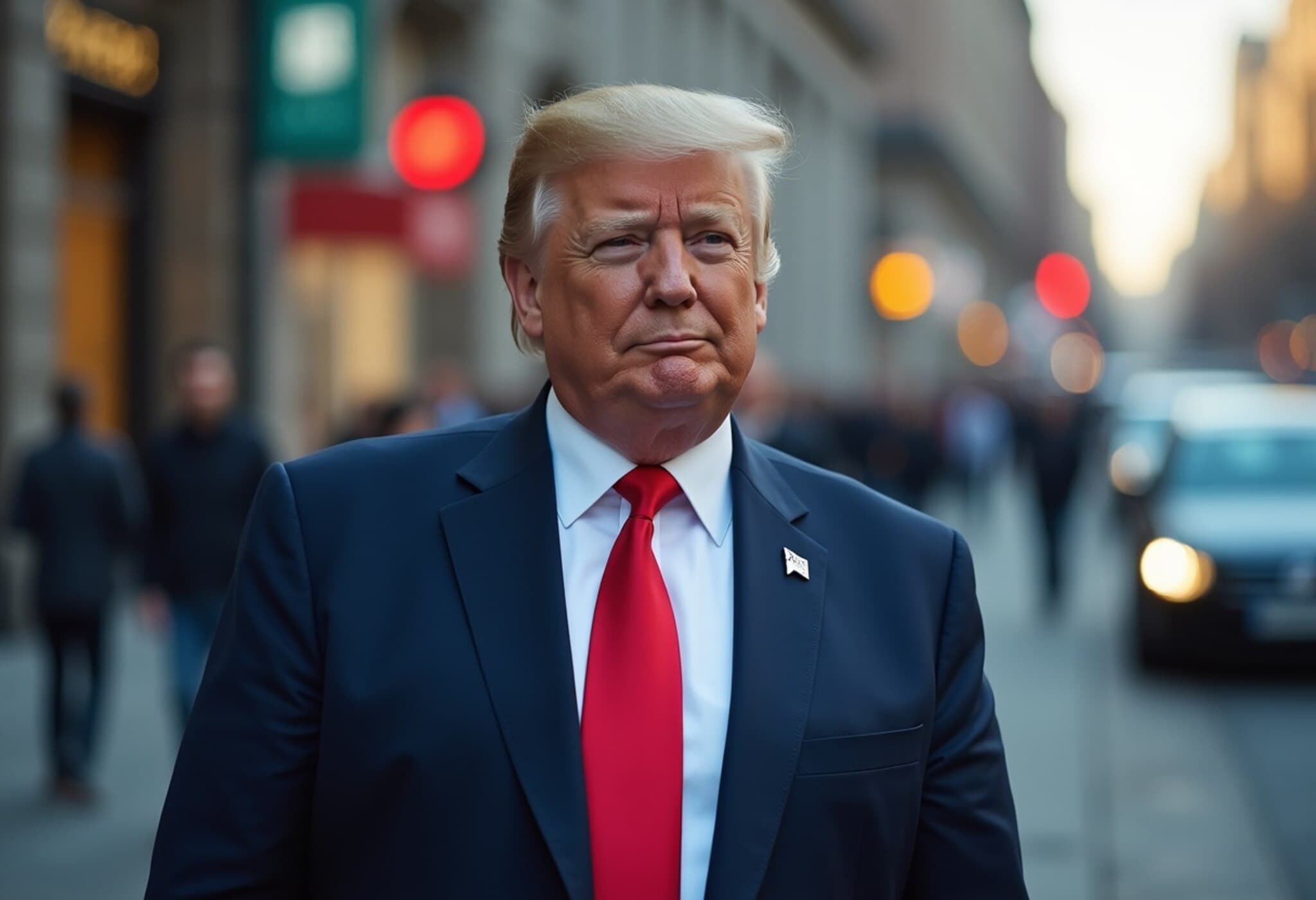Trump Imposes Sharp Tariffs Despite Market Composure
On July 8, 2025, U.S. President Donald Trump announced sweeping tariffs targeting copper and pharmaceutical imports, setting copper tariffs at a steep 50% and pharmaceuticals up to an eye-catching 200%. Despite the sheer scale of these measures, U.S. stock markets responded with surprising calm, with the S&P 500 closing mostly flat after a recent record-breaking rally.
Investors’ muted response raises critical questions: Are markets underestimating the potential ripple effects on inflation and supply chains, or is there a growing belief that these tariffs might remain largely symbolic? Historical and economic insights suggest caution amidst such complacency.
Expert Analysis: Economic Advisers and Market Sentiment
Stephen Miran, chairman of Trump's Council of Economic Advisers, downplayed the inflation risk, comparing the odds of tariffs triggering price hikes to the rare probability of an asteroid striking Earth. Miran told CNBC, “I don't mean to be dismissive... prediction is difficult, and we should always speak in terms of odds and possibilities.”
Yet, this analogy may oversimplify the complex realities. Tariffs on essential commodities like copper—a backbone of infrastructure and manufacturing—and on pharmaceuticals, vital to healthcare costs, can lead to cascading price pressures. Historically, tariffs have contributed to inflationary environments, especially when applied broadly or unexpectedly.
Global Economic Context: China’s Deflation and East Asian Struggles
Amidst these U.S. trade developments, China reported a significant plunge in producer prices for June—the largest drop in nearly two years—signaling deflationary pressures in its manufacturing sectors. At the same time, consumer prices in China nudged slightly higher by 0.1%, suggesting a tentative recovery that could be disrupted by escalating protectionism.
Meanwhile, key U.S. allies and trading partners South Korea and Japan are grappling with shrinking economies, with first-quarter GDP figures contracting and expectations of further declines. Analysts warn that Trump's aggressive tariff stance may further strain these economies, amplifying global growth uncertainties.
Market Performance and Investor Behavior
- U.S. stock indices ended Tuesday mostly unchanged, with the Dow Jones and Nasdaq holding steady, while the S&P 500 was flat.
- Retail investors reportedly outperformed fund managers in recent weeks, a trend highlighted by Robinhood CEO, who attributed institutional players’ losses to their overcautious moves post-tariff announcements.
- The MSCI All Country World Index rallied nearly 10% in 2025’s first half despite tariff tensions, hitting record highs as markets adapt and seek opportunities beyond U.S. exposure.
Why This Matters: The Broader Implications of Trump's Tariff Strategy
From a policy perspective, Trump's tariffs underscore a continued shift towards protectionism, a double-edged sword that may bolster domestic sectors in the short term but risks inflaming inflation and unsettling global trade dynamics.
Economists caution that while tariffs can protect certain industries, they often raise costs for manufacturers and consumers alike. Copper tariffs, for instance, threaten to increase construction and electronics costs, while pharmaceutical tariffs could lead to higher drug prices at a time when healthcare affordability remains a hot-button issue in the U.S.
Moreover, the ongoing economic contraction in major Asian economies linked to the U.S. suggests that global supply chains face growing turbulence, with potential consequences for American businesses reliant on these markets.
Underreported Angles and Key Questions
- What safeguards or compensations, if any, does the U.S. government offer consumers and industries facing higher input costs?
- How might these tariffs influence long-term U.S.-China economic relations and ongoing trade negotiations?
- Could sustained tariff-induced inflation push the Federal Reserve to adjust monetary policies, impacting interest rates and borrowing?
Editor’s Note
President Trump’s enactment of steep tariffs on critical imports like copper and pharmaceuticals highlights the precarious balance between trade policy and economic stability. While markets currently appear unfazed, history and economic theory remind us that protectionist moves often sow inflationary seeds that ripple through supply chains, industries, and ultimately, everyday consumers.
Investors, policymakers, and citizens alike must remain vigilant and informed as the true impacts of these tariffs unfold. The interplay between U.S. domestic goals and global economic realities will continue shaping the financial landscape well beyond 2025.
Stay engaged with evolving trade policies and their nuanced economic consequences to navigate and anticipate these complex shifts.

